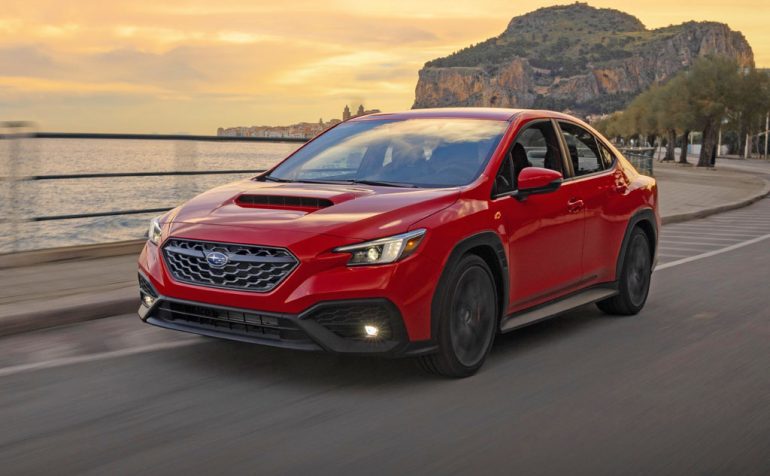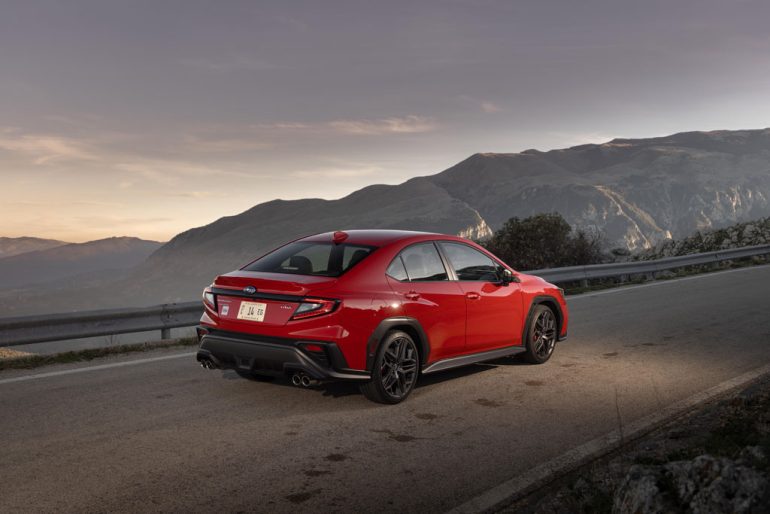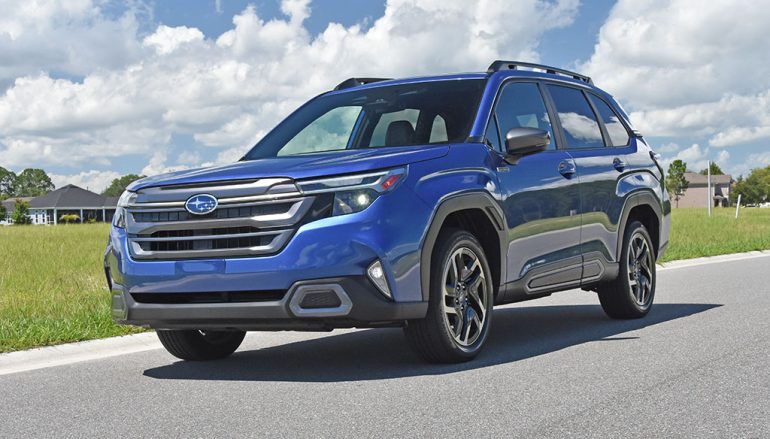Automotive

Subaru is on a roll in 2025. The brand is closing in on its highest-ever U.S. sales numbers, not seen since 2019. July continued that momentum, with nearly every model posting gains—except one. And it’s not a slow seller like the BRZ or a forgotten trim level. It’s the WRX, Subaru’s once-beloved rally-bred sport sedan, which just posted one of its worst sales months in history.
How bad was it? The WRX sold just 457 units in July. That’s down a shocking 66.6 percent from the same time last year. Even more surprising is the fact that Subaru’s first electric vehicle, the Solterra, outsold the WRX more than three to one last month. The WRX was once the brand’s performance halo. Now, it’s being passed by a compact electric crossover that doesn’t exactly light up enthusiast forums.

So what’s actually going on here?
Sales of the WRX were doing fine earlier this year. In fact, Q1 looked promising. The model was up 9.6 percent year-over-year by the end of March. But since then, sales have fallen off a cliff. April was down 59 percent. May dropped 71 percent. June plunged another 74 percent. And July’s 66 percent dip just continued the downward spiral.

The answer isn’t entirely about consumer interest. Yes, the WRX faces stiff competition in a shrinking sport sedan market. And yes, Subaru hasn’t given it a massive update since its last redesign. But the bigger issue lies behind the scenes—at the production line.
Both the WRX and the Forester are built in Japan at Subaru’s Ōta factory in Gunma Prefecture. And the all-new Forester, now offered in a hybrid version, is flying off dealership lots. We recently reviewed the 2025 Subaru Forester Limited Hybrid and found it to be a well-rounded, highly efficient option in Subaru’s lineup. Apparently, buyers agree. Subaru told us last month that it only had 25 days of Forester inventory on hand in the U.S. That’s well below the brand’s target, so they made the financially logical choice—cut back WRX production to build more Foresters.

It makes sense. The Forester appeals to a much broader audience and carries a higher profit margin. The WRX, as thrilling as it still is for the right driver, just doesn’t sell in the same numbers. The good news for WRX fans is that this might be temporary. Subaru has confirmed that Forester production is coming to the brand’s Indiana plant—likely in early 2026. When that shift happens, WRX output in Japan could recover.
Meanwhile, the Solterra is having a moment. The EV had its best month ever in July, with 1,562 sales. That’s a 21 percent increase over last year. The surge comes just ahead of a revised model with much-needed improvements, including an increase in range from 227 miles to 283 and a big jump in horsepower from 216 to 338. Add in the push for buyers to secure the $7,500 federal tax credit (currently only available on leases for the Solterra) before new regulations take effect, and the timing is perfect.
That said, it’s hard to ignore what this all means for the WRX. Once a symbol of accessible, rally-inspired driving joy, the WRX now finds itself at the bottom of Subaru’s lineup in terms of sales—and relevance. It’s still a capable, fun-to-drive machine with real-world practicality, but in today’s SUV-first world, even that might not be enough to keep it alive.

Subaru execs are likely watching closely. With the sport sedan segment shrinking and EV mandates growing, keeping the WRX around becomes harder to justify without strong demand. The next few months will tell us a lot. Will production bounce back once Forester inventory stabilizes? Or is this a slow fade into the sunset for a beloved performance icon?
For now, the WRX is still here. But in 2025, it’s not the one leading the ‘charge.’
FOLLOW US TODAY:

Mike Floyd is a finance executive by trade and a car enthusiast at heart. As a CFO with a keen eye for detail and strategy, Mike brings his analytical mindset to the automotive world, uncovering fresh insights and unique perspectives that go beyond the surface. His passion for cars—especially his favorite, the Porsche 911, fuels his contributions to Automotive Addicts, where he blends a love for performance and design with his professional precision. Whether he’s breaking down industry trends or spotlighting emerging innovations, Mike helps keep the site both sharp and forward-thinking.


